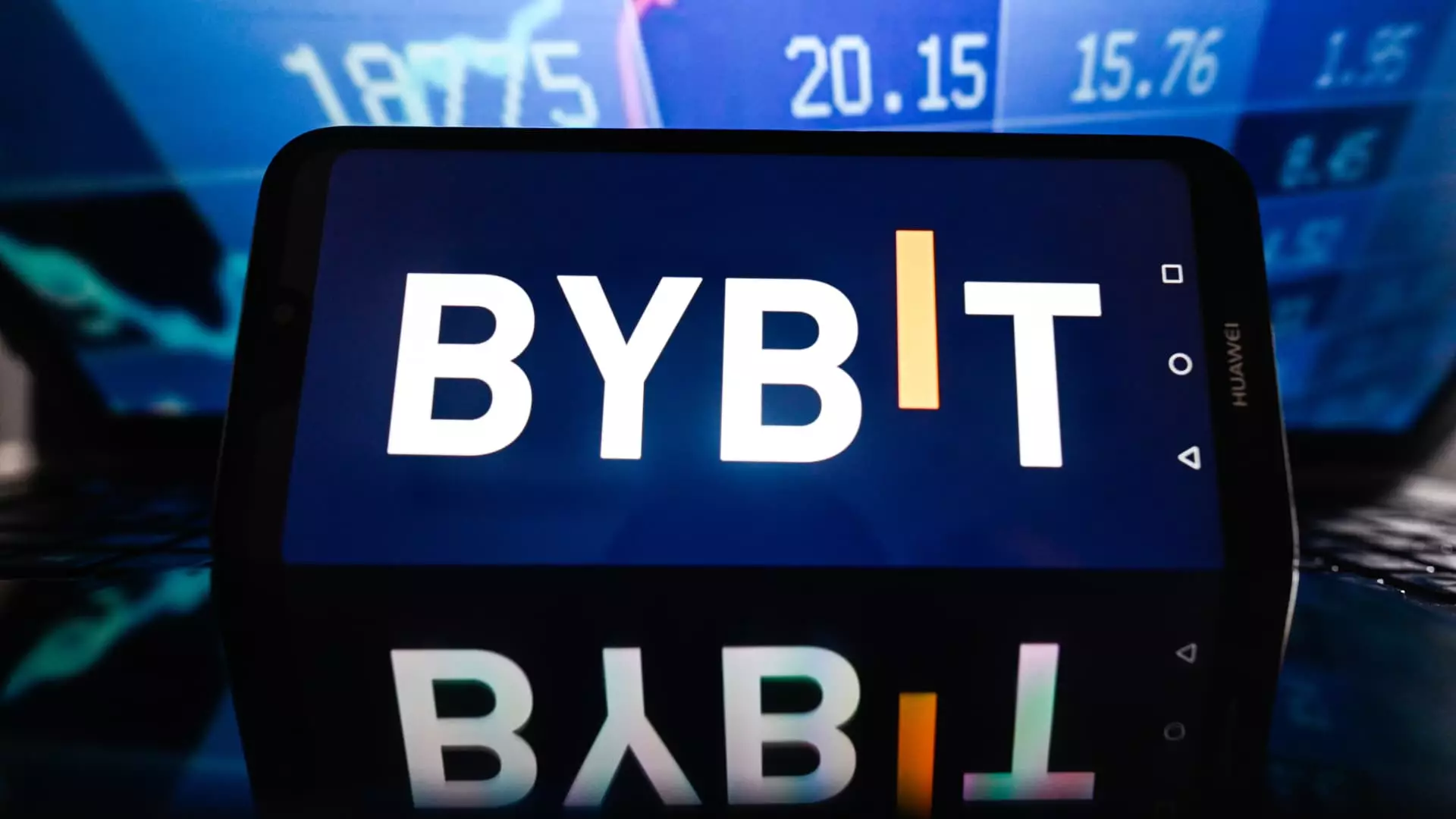In an alarming turn of events, Bybit, one of the leading cryptocurrency exchanges, was rocked by a staggering $1.5 billion hack—marking it as the largest breach in the cryptocurrency industry’s short but tumultuous history. The incident illuminated significant vulnerabilities within digital asset exchanges, particularly during routine internal processes. Bybit’s management reacted with remarkable speed, mobilizing hundreds of thousands of ether tokens through emergency loans and substantial deposits within a brisk timeframe of 72 hours. This rapid response was pivotal in reassuring users and maintaining operational functionality, especially in terms of withdrawal processes. However, this swift recovery procedure unfortunately did not encompass the retrieval of the stolen ether.
The breach occurred during a standard transfer of funds from Bybit’s cold wallet—a secure repository for long-term storage—into a warm wallet designed for more active trading. This internal procedure unveiled substantial security gaps, which were exploitated by cybercriminals. By intercepting the transaction, hackers were able to redirect vast amounts of cryptocurrency into their wallets, leading to a significant financial loss for Bybit and a chilling realization of the necessity for more robust security protocols across all exchanges.
In the wake of the incident, Bybit’s CEO Ben Zhou took to social media, emphasizing the exchange’s solvency and the full backing of client assets. His assurance to users was crucial in maintaining trust amid the chaos. The exchange managed to secure approximately 447,000 ether tokens with help from notable firms such as Galaxy Digital, FalconX, and Wintermute. This concerted effort to stabilize the situation exemplified Bybit’s commitment to swift recovery, highlighted further by an audit from cybersecurity firm Hacken, which confirmed that the exchange’s assets exceeded a 100% collateralization ratio.
Despite the significant progress in recovery, the challenge of reclaiming the stolen assets looms large. Blockchain analysis firm Elliptic has implicated North Korea’s infamous Lazarus Group as the architects of this attack. This group has a notorious history of orchestrating large-scale cyber thefts and laundering operations to fund illicit activities, including North Korea’s controversial nuclear program. Following this incident, the stolen ether was dissipated across multiple wallets, reinforcing the complexity of tracing and recovering the lost funds. Bybit’s offer of a 10% bounty for the return of these assets stands as a last-ditch effort in the face of what appears to be a formidable recovery challenge.
This incident serves as a critical wake-up call for the entire cryptocurrency industry. As Bybit works through the aftermath of the hack, it underscores the imperative need for enhanced security measures at every level of digital asset management. With the market sentiment shaky and ether witnessing a dip of approximately 5% in the aftermath, both users and exchanges alike must prioritize security protocols more than ever. The path forward entails not just recovery but robust fortifications against future breaches, shaping a more secure landscape within which cryptocurrency can flourish responsibly.

